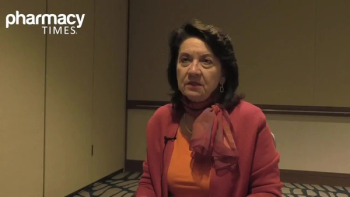
Community-Associated MRSA Appears Widespread in Nursing Homes
All but 2 of 22 Orange County, California, nursing homes included in a study were found to have residents infected with community-associated methicillin-resistant Staphylococcus aureus.
All but 2 of 22 Orange County, California, nursing homes included in a study were found to have residents infected with community-associated methicillin-resistant Staphylococcus aureus.
Antibiotic-resistant staph infections, including community-associated strains, were found to be widespread in nursing homes in a California county, according to the
The researchers assessed the prevalence of community-associated strains of methicillin-resistant Staphylococcus aureus (CA-MRSA) among residents of 22 of the 72 nursing homes in Orange County, California, from October 2008 through May 2011. In all, the researchers collected 3433 swabs, 1549 from residents upon admission and 1884 from established residents at a point prevalence screening.
CA-MRSA was found to be present at all but 2 of the 22 nursing homes included in the study. Overall, 24% of the swabs were positive for MRSA, 17% of those collected on admission, and 30% of those collected at the point prevalence screening. Of all the MRSA isolates, 25% were considered to be CA-MRSA, including 22% of MRSA isolates obtained at admission and 26% of MRSA isolates obtained at point prevalence screenings. The fact that MRSA and CA-MRSA were both less common among newly admitted residents than among established residents suggests that the infections were transmitted among residents.
Using multivariate models, the researchers found that CA-MRSA was associated with facilities with a higher percentage of Hispanic residents (20% increased odds per 10% Hispanic residents). The researchers note that this finding did not appear to reflect an association between CA-MRSA rates and the socioeconomic status of residents or low-resource nursing homes. Rather, they hypothesize that it may be due to cultural or genetic factors.
Multivariate models also showed that CA-MRSA was associated with a higher percentage of residents under the age of 65 (20% increased odds per 10% residents under 65). The researchers note that this may be due to the fact that younger residents are more mobile and better able to interact with others, increasing their risk of infection.
The study’s results indicate the need for targeted interventions to prevent the spread of MRSA in nursing homes, where interaction among residents is generally encouraged, unlike in hospitals.
Newsletter
Stay informed on drug updates, treatment guidelines, and pharmacy practice trends—subscribe to Pharmacy Times for weekly clinical insights.


















































































































































































































